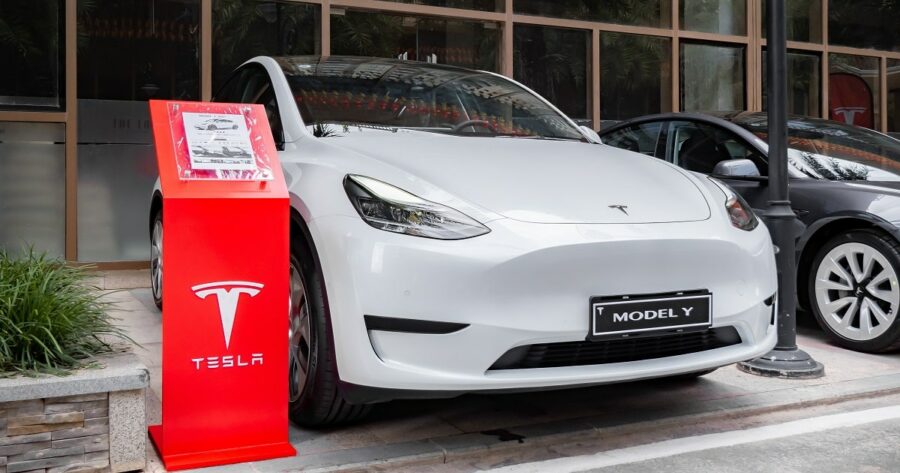More Electric Vehicles Could Mean A Strain On The Canadian Electrical Grid
- Ingrid Jones
- Environment
- Technology
- Trending
- January 20, 2023

The increased adoption of electric vehicles (EVs) in Canada has the potential to put a significant load on the electric grid. As more and more make the switch to EVs, the demand for electricity is likely to increase, putting pressure on the grid to meet the rising demand. This can have a range of consequences, both positive and negative, for the electric grid and for Canadian consumers.
One of the most significant impacts of increased EV adoption is the potential for strain on the electric grid. As more and more EVs hit the road, the demand for electricity to power them will rise. This can put pressure on the grid to meet the increased demand, especially during peak hours when demand is already high. This could lead to brownouts or blackouts in some areas, as the grid struggles to keep up with the increased load.
To address this challenge, utilities and grid operators will need to invest in upgrading and expanding their infrastructure to meet the increased demand. This includes building new power plants, upgrading transmission and distribution lines, and installing new technologies such as smart grid systems to better manage the flow of electricity. These investments can be costly, and the cost may be passed on to the consumer through higher electricity rates.
Another impact of increased EV adoption is the potential for increased demand for renewable energy sources. As more and more people switch to EVs, the demand for electricity from clean, renewable sources such as solar and wind power is likely to rise. This could lead to a greater investment in renewable energy sources, which would be a positive development for the environment and for public health.
However, the increased adoption of EVs can also lead to an increase in greenhouse gas emissions if the majority of the electricity used to charge EVs is generated from fossil fuels. In addition, the increased demand for electricity could also lead to the construction of new power plants, which can have negative impacts on local communities and the environment.
Additionally, the widespread adoption of EVs could also lead to changes in the way electricity is generated, distributed, and consumed. As more and more people charge their EVs at home, there could be a shift away from centralized power generation to distributed generation. This could lead to a more decentralized and resilient electric grid, but also could be a challenge for utilities in terms of managing the distribution and billing of electricity.
Moreover, the increased use of EVs could also have implications for the power grid infrastructure and the electric utilities business model. As more and more people charge their EVs at home, there could be a shift away from traditional time-of-use rates to more dynamic pricing models. This could mean that electricity prices would fluctuate based on the time of day and the level of demand, which could make it more difficult for some consumers to manage their electricity bills. However, with proper planning and investments, these challenges can be overcome, and the increased adoption of EVs can have a positive impact on the environment and public health.








